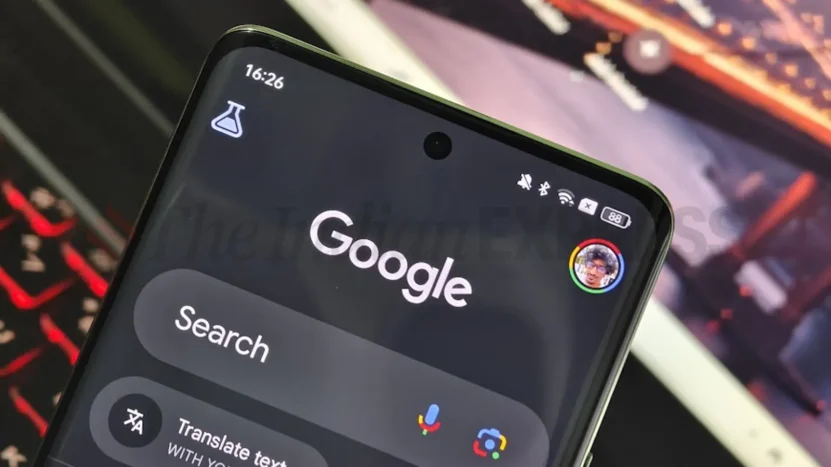The method that allows users to search through photos is called reverse photo search. The most famous and popular platform for this is Google. You can use this tool using either a computer, smartphone or tablet.
You can search after dragging and dropping or uploading an image, as well as applying a URL. The search engine looks through billions from its own database, finds similar ones and gives you relevant results. You can use multiple search engines at the same time to be more likely to find information about the one you want.
For example, you met a person on a dating site and want to check the authenticity of his photo. This is quite realistic if you apply modern tools and algorithms. It is not difficult to find out the origin of any image, not relying on keywords, but using the picture itself.
Let’s take a closer look at how to search people by image on a computer or mobile device in different search engines and services. It is easier than it may seem at first glance, but requires some knowledge.
Searching for Images from A PC in The Google Service

If you’re looking to locate a specific photo or learn more about an image you’ve come across, Google offers a powerful tool to assist with this process. Here’s a step-by-step guide on how to use Google’s search feature to find the photo you want quickly and accurately:
- Open a Web Browser: Begin by launching your preferred web browser on your computer or mobile device.
- Navigate to Google: Go to the Google homepage by entering www.google.com in your browser’s address bar.
- Access Google Images: On the Google homepage, click on the ‘Images’ link at the top right corner, or you can directly go to images.google.com.
- Use the Image Search Function: Once you’re on the Google Images page, you’ll notice a camera icon in the bar. Click on this icon to open the options for search.
- Upload or Link Your Image:
- Upload: You can upload an image from your device by clicking “Upload an image” and then selecting “Choose File” to browse your files and upload the image you need to look for.
- Paste the URL: If you have the URL of the image, simply paste it into the search bar.
- Drag and Drop: Alternatively, you can drag an image from another window and drop it directly into the search box.
- Conduct the Search: After you upload or link to the image, Google will process it and automatically redirect you to the ‘Lens’ tab where it will begin searching for the image across the web.
- Analyze the Results: Once the search is complete, click on “Find Image Source” located above the searched image. Google will then display a list of websites that contain matches or similar images.
- Examine the Results: Carefully look through the search results. Google not only finds the exact matches but also shows visually similar ones. This is useful for seeing different contexts in which the image appears or finding higher-resolution versions.
- Select the Most Relevant Results: From the provided list, you can click on the results to visit the websites hosting the images. This helps you to learn more about the context or find more detailed information about the object depicted.
Using this method, Google allows you to quickly and effectively pinpoint images and gain a deeper understanding of their background or source. Whether for research, verification, or curiosity, this tool is invaluable for navigating the vast amount of visual information available online.
TinEye Service for Finding the Right People and More

If you’ve been using Google to search for images but haven’t found what you’re looking for, you might want to consider trying TinEye, a specialized third-party search tool designed for image lookups.
To use TinEye, simply navigate to their website at tineye.com. Once there, you have the option to either enter the URL of an image directly into the search box or upload an image file from your computer.
TinEye works by analyzing the uploaded or linked image and then scanning the internet to find where it appears online. This can include different sizes of the same image, modified versions, or pages that feature.
After initiating a search, TinEye provides a list of results where the image appears. These results can be extensive, offering various sources where the image is displayed.
One of the strengths of TinEye is its robust filtering options. You can refine your search results by using these filters to sort by factors like the most recent appearances or by the highest resolution. This makes it easier to pinpoint the exact version of an image you’re looking for or to discover where an image originated.
TinEye is particularly useful for photographers, content creators, and marketers who need to track where their images are being used on the internet or to verify the authenticity of an image. It’s also a great tool for anyone looking to find the source of an image for academic, licensing, or legal purposes.
So, if traditional search engines haven’t met your needs, give TinEye a try. It might just provide a more suitable and precise solution for your image-searching needs.
Search by Photo on Mobile Devices

Everything here is done in much the same way as on a desktop computer. In general, the process consists of the following steps:
- Open the browser on your mobile gadget.
- Tap on the camera icon located in the search bar.
- Scan the image with the camera or search for the file in the gallery.
- Run the search.
- On the results page, you’ll see similar images and get links to their sources for quick and easy access.
The ability to search images on-the-go via a mobile device enhances your ability to quickly gather information, whether you’re on the road, dining out, or in a meeting.
It ensures that you always have a powerful tool at your fingertips to obtain necessary details about any object just by snapping a photo or uploading an existing one. This mobile convenience makes it effortless to stay informed and connected, no matter where you are.
And a Few Words in Conclusion

Today, thanks to the broad support of various browsers such as Safari and Google Chrome, and a wide range of devices including iPhones, iPads, and Android smartphones. These tools have become powerful allies in our quest for information, allowing us to identify people, places, and objects from images with remarkable speed and efficiency.
As technology continues to advance, it’s becoming increasingly likely that any identity or detail can be uncovered in mere moments. By utilizing the search techniques described earlier, you can conduct thorough searches right from your mobile device.
Whether you’re using the recognition tools or advanced search parameters, these methods ensure that you are fully leveraging the capabilities of modern browsers and devices.
Engaging with these technologies not only enhances your ability to navigate the internet more effectively but also improves your overall online skills. As you explore the various features available on your devices, you gain a deeper understanding of how to use these tools to your advantage.
Moreover, staying updated with the latest trends in technology development is crucial. The pace of innovation is rapid, and each new advancement offers additional ways to enhance our interaction with the digital world.
